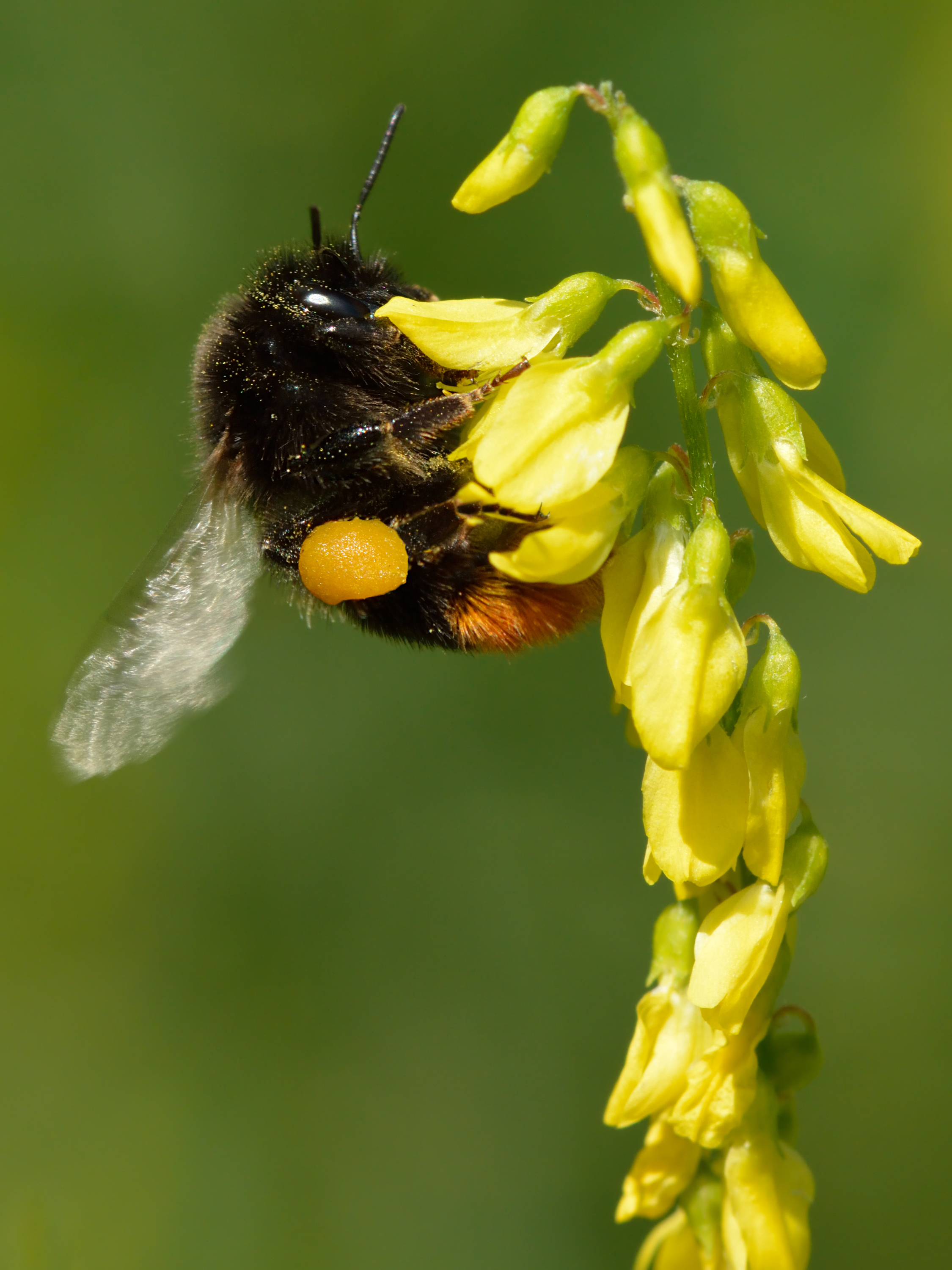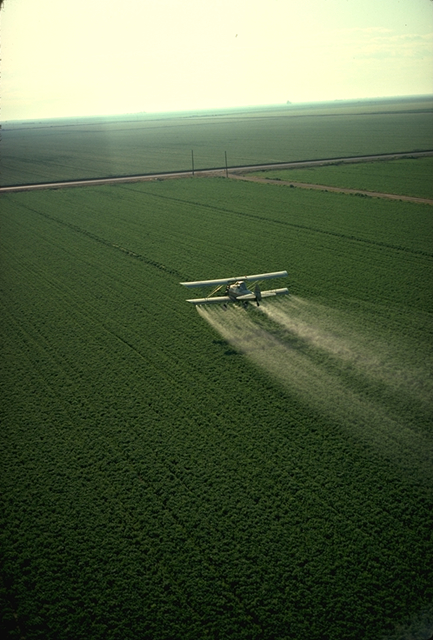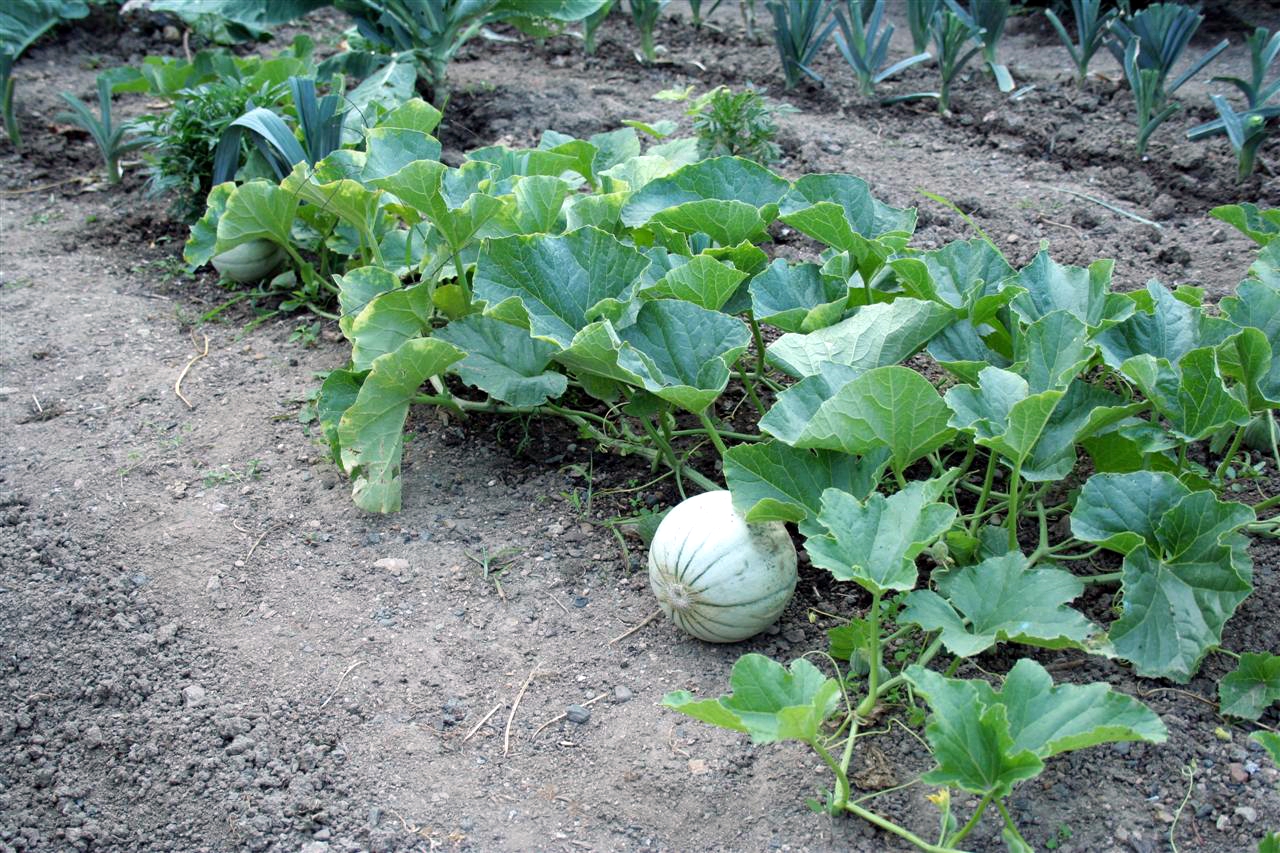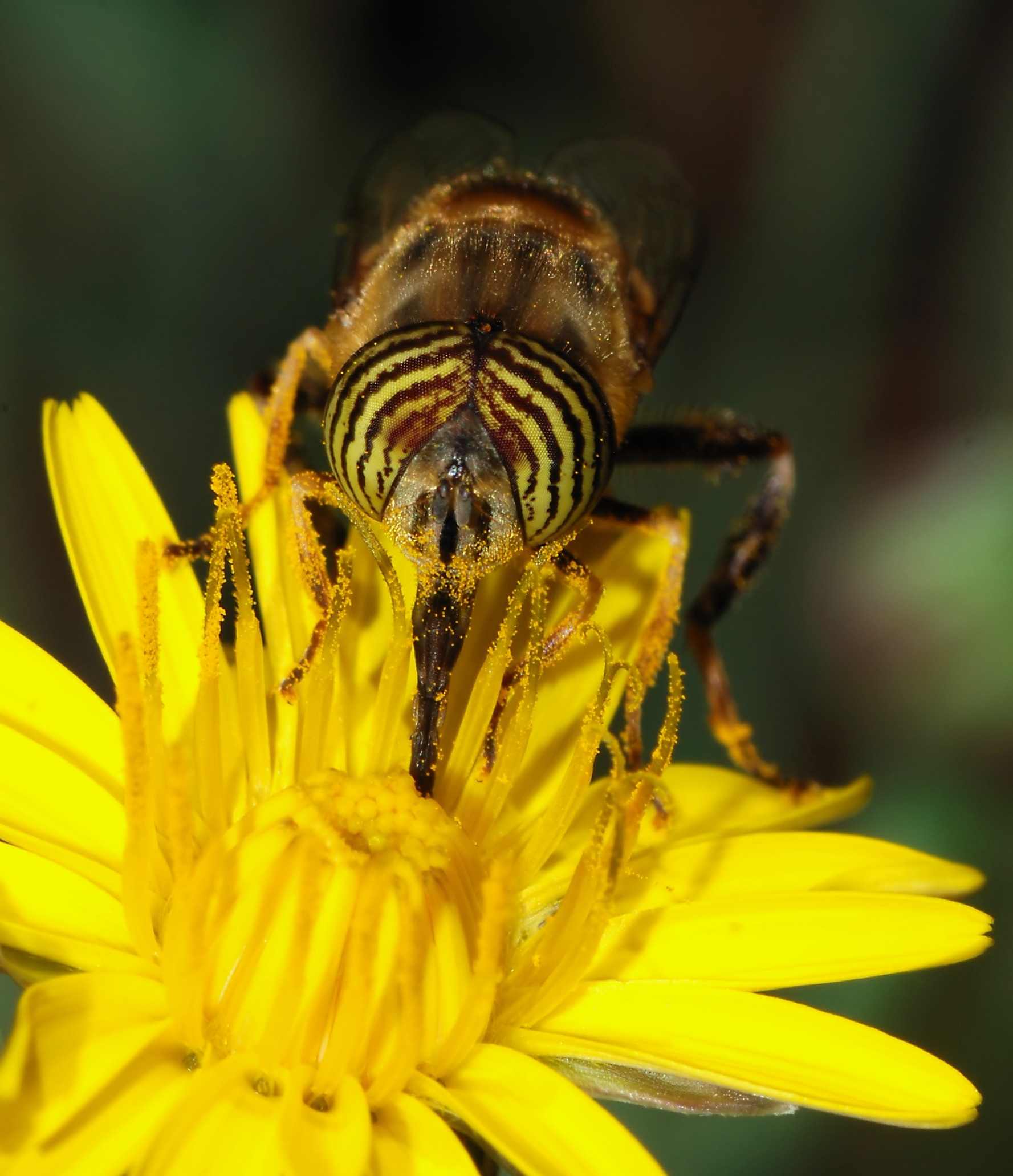|
Bumble Bee
A bumblebee (or bumble bee, bumble-bee, or humble-bee) is any of over 250 species in the genus ''Bombus'', part of Apidae, one of the bee families. This genus is the only extant group in the tribe Bombini, though a few extinct related genera (e.g., ''Calyptapis'') are known from fossils. They are found primarily in the Northern Hemisphere, although they are also found in South America, where a few lowland tropical species have been identified. European bumblebees have also been introduced to New Zealand and Tasmania. Female bumblebees can sting repeatedly, but generally ignore humans and other animals. Most bumblebees are social insects that form colonies with a single queen. The colonies are smaller than those of honey bees, growing to as few as 50 individuals in a nest. Cuckoo bumblebees are brood parasitic and do not make nests or form colonies; their queens aggressively invade the nests of other bumblebee species, kill the resident queens and then lay their own eggs, wh ... [...More Info...] [...Related Items...] OR: [Wikipedia] [Google] [Baidu] |
Bombus Lapidarius
''Bombus lapidarius'' is a species of bumblebee in the subgenus ''Melanobombus''. Commonly known as the red-tailed bumblebee, ''B. lapidarius'' can be found throughout much of Central Europe. Known for its distinctive black and red body, this social bee is important in pollination. Taxonomy and phylogeny The red-tailed bumblebee is a part of the order Hymenoptera, family Apidae, and the genus ''Bumblebee, Bombus'', which includes many species including ''Bombus terrestris'', ''Bombus lucorum'', and ''Bombus hypnorum''. Description and identification The red-tailed bumblebee is typically distinguished by its black body with red markings around the abdomen. Worker females and the queen look similar, though the queen is much larger than the worker females. Males typically have the red and black coloration with a yellow band around the abdomen and yellow markings on the face. Further, ''B. lapidarius'' tend to have a medium-sized proboscis, which is significant in that it allows ... [...More Info...] [...Related Items...] OR: [Wikipedia] [Google] [Baidu] |
Müllerian Mimicry
Müllerian mimicry is a natural phenomenon in which two or more well-defended species, often foul-tasting and sharing common predators, have come to mimicry, mimic each other's honest signal, honest aposematism, warning signals, to their mutualism (biology), mutual benefit. The benefit to Müllerian mimics is that predators only need one unpleasant encounter with one member of a set of Müllerian mimics, and thereafter avoid all similar coloration, whether or not it belongs to the same species as the initial encounter. It is named after the German Brazilian, German Brazilian naturalist Fritz Müller, who first proposed the concept in 1878, supporting his theory with the first mathematical model of frequency-dependent selection, one of the first such models anywhere in biology. Müllerian mimicry was first identified in tropical butterfly, butterflies that shared colourful wing patterns, but it is found in many groups of insects such as bumblebees, and other animals such as Poiso ... [...More Info...] [...Related Items...] OR: [Wikipedia] [Google] [Baidu] |
Mrs Tittlemouse
MRS, Mrs, or mrs may refer to: Acronyms * ICAO code for Air Marshall Islands, an airline based in Majuro, Marshall Islands * Magnetic resonance spectroscopy * Mammography reporting software, used to manage data related to radiologist interpretation of mammographic images * Mandibular repositioning splint * Marginal rate of substitution, in economics * Maritime Reaction Squadron, a unit of the South African Navy * Market Research Society * Postal code for Marsa, Malta * IATA code for Marseille Provence Airport * Materials Research Society The Materials Research Society (MRS) is a non-profit, professional organization for materials researchers, scientists and engineers. Established in 1973, MRS is a member-driven organization of approximately 13,000 materials researchers from academi ... * Melbourne Rectangular Stadium * Minimal recursion semantics * Modified Rankin Scale, to measure disability after stroke * Station code for Monks Risborough railway station, England * S ... [...More Info...] [...Related Items...] OR: [Wikipedia] [Google] [Baidu] |
Pesticide
Pesticides are substances that are used to control pests. They include herbicides, insecticides, nematicides, fungicides, and many others (see table). The most common of these are herbicides, which account for approximately 50% of all pesticide use globally. Most pesticides are used as plant protection products (also known as crop protection products), which in general protect plants from weeds, fungi, or insects. In general, a pesticide is a chemical or biological agent (such as a virus, bacterium, or fungus) that deters, incapacitates, kills, or otherwise discourages pests. Target pests can include insects, plant pathogens, weeds, molluscs, birds, mammals, fish, nematodes (roundworms), and microbes that destroy property, cause nuisance, spread disease, or are disease vectors. Along with these benefits, pesticides also have drawbacks, such as potential toxicity to humans and other species. Definition The word pesticide derives from the Latin ''pestis'' (plagu ... [...More Info...] [...Related Items...] OR: [Wikipedia] [Google] [Baidu] |
Mechanisation
Mechanization (or mechanisation) is the process of changing from working largely or exclusively by hand or with animals to doing that work with machinery. In an early engineering text, a machine is defined as follows: In every fields, mechanization includes the use of hand tools. In modern usage, such as in engineering or economics, mechanization implies machinery more complex than hand tools and would not include simple devices such as an ungeared horse or donkey mill. Devices that cause speed changes or changes to or from reciprocating to rotary motion, using means such as gears, pulleys or sheaves and belts, shafts, cams and cranks, usually are considered machines. After electrification, when most small machinery was no longer hand powered, mechanization was synonymous with motorized machines. Extension of mechanization of the production process is termed as automation and it is controlled by a Feedback, closed loop system in which feedback is provided by the sensors ... [...More Info...] [...Related Items...] OR: [Wikipedia] [Google] [Baidu] |
Habitat Destruction
Habitat destruction (also termed habitat loss or habitat reduction) occurs when a natural habitat is no longer able to support its native species. The organisms once living there have either moved elsewhere, or are dead, leading to a decrease in biodiversity and species numbers. Habitat destruction is in fact the leading cause of biodiversity loss and species extinction worldwide. Humans contribute to habitat destruction through the use of natural resources, agriculture, industrial production and urbanization (urban sprawl). Other activities include mining, logging and trawling. Environmental factors can contribute to habitat destruction more indirectly. Geological processes, climate change, introduction of invasive species, ecosystem nutrient depletion, water and noise pollution are some examples. Loss of habitat can be preceded by an initial habitat fragmentation. Fragmentation and loss of habitat have become one of the most important topics of research in ecology as the ... [...More Info...] [...Related Items...] OR: [Wikipedia] [Google] [Baidu] |
Pollinator Decline
Pollinator decline is the reduction in abundance of insect and other animal pollinators in many ecosystems worldwide that began being recorded at the end of the 20th century. Multiple lines of evidence exist for the reduction of wild pollinator populations at the regional level, especially within Europe and North America. Similar findings from studies in South America, China and Japan make it reasonable to suggest that declines are occurring around the globe. The majority of studies focus on bees, particularly honeybee and bumblebee species, with a smaller number involving hoverflies and lepidopterans. The picture for domesticated pollinator species is less clear. Although the number of managed honey bee colonies in Europe and North America declined by 25% and 59% between 1985-2005 and 1947-2005 respectively, overall global stocks increased due to major hive number increases in countries such as China and Argentina. Nevertheless, in the time managed honeybee hives increased by 45% ... [...More Info...] [...Related Items...] OR: [Wikipedia] [Google] [Baidu] |
Pollinator
A pollinator is an animal that moves pollen from the male anther of a flower to the female carpel, stigma of a flower. This helps to bring about fertilization of the ovules in the flower by the male gametes from the pollen grains. Insects are the major pollinators of most plants, and insect pollinators include all families of bees and most families of Aculeata, aculeate wasps; ants; many families of flies; many lepidopterans (both butterflies and moths); and many families of beetles. Vertebrates, mainly bats and birds, but also some non-bat mammals (monkeys, lemurs, Phalangeriformes, possums, rodents) and some lizards pollinate certain plants. Among the pollinating birds are hummingbirds, honeyeaters and sunbirds with long beaks; they pollinate a number of deep-throated flowers. Humans may also carry out artificial pollination. A pollinator is different from a pollenizer, a plant that is a source of pollen for the pollination process. Background Plants fall into pollination s ... [...More Info...] [...Related Items...] OR: [Wikipedia] [Google] [Baidu] |
Nectar Robbing
Nectar robbing is a foraging behavior used by some organisms that feed on floral nectar, carried out by feeding from holes bitten in flowers, rather than by entering through the flowers' natural openings. Nectar robbers usually feed in this way, avoiding contact with the floral reproductive structures, and therefore do not facilitate plant reproduction via pollination. Because many species that act as pollinators also act as nectar robbers, nectar robbing is considered to be a form of exploitation of plant-pollinator mutualism. While there is variation in the dependency on nectar for robber species, most species rob facultatively (that is, to supplement their diets, rather than as an absolute necessity). The terms nectar theft and floral larceny are also been used in literature. Nectar robbers vary greatly in species diversity and include species of carpenter bees, bumblebees, stingless '' Trigona'' bees, solitary bees, wasps, ants, hummingbirds, and some passerine birds, inclu ... [...More Info...] [...Related Items...] OR: [Wikipedia] [Google] [Baidu] |
Proboscis
A proboscis () is an elongated appendage from the head of an animal, either a vertebrate or an invertebrate. In invertebrates, the term usually refers to tubular arthropod mouthparts, mouthparts used for feeding and sucking. In vertebrates, a proboscis is an elongated nose or snout. Etymology First attested in English in 1609 from Latin , the latinisation (literature), latinisation of the Ancient Greek (), which comes from () 'forth, forward, before' + (), 'to feed, to nourish'. The plural as derived from the Greek is , but in English the plural form ''proboscises'' occurs frequently. Invertebrates The most common usage is to refer to the tubular feeding and sucking organ of certain invertebrates such as insects (e.g., Insect mouthparts#Proboscis, moths, butterflies, and mosquitoes), worms (including Acanthocephala, Nemertea, proboscis worms) and gastropod molluscs. Acanthocephala The Acanthocephala, the thorny-headed worms or spiny-headed worms, are characterized by the pr ... [...More Info...] [...Related Items...] OR: [Wikipedia] [Google] [Baidu] |
Nectar
Nectar is a viscous, sugar-rich liquid produced by Plant, plants in glands called nectaries, either within the flowers with which it attracts pollination, pollinating animals, or by extrafloral nectaries, which provide a nutrient source to animal Mutualism (biology), mutualists, which in turn provide plant defense against herbivory#Indirect defenses, herbivore protection. Common nectar-consuming pollinators include mosquitoes, hoverfly, hoverflies, wasps, bees, butterfly, butterflies and moths, hummingbirds, honeyeaters and Bat#Fruit and nectar, bats. Nectar is an economically important substance as it is the sugar source for honey. It is also useful in agriculture and horticulture because the adult stages of some predatory insects feed on nectar. For example, a number of predacious or Parasitoid wasp, parasitoid wasps (e.g., the social wasp species ''Apoica flavissima'') rely on nectar as a primary food source. In turn, these wasps then hunt agricultural pest insects as food ... [...More Info...] [...Related Items...] OR: [Wikipedia] [Google] [Baidu] |
Pollen
Pollen is a powdery substance produced by most types of flowers of seed plants for the purpose of sexual reproduction. It consists of pollen grains (highly reduced Gametophyte#Heterospory, microgametophytes), which produce male gametes (sperm cells). Pollen grains have a hard coat made of sporopollenin that protects the gametophytes during the process of their movement from the stamens to the pistil of flowering plants, or from the male Conifer cone, cone to the female cone of gymnosperms. If pollen lands on a compatible pistil or female cone, it Germination, germinates, producing a pollen tube that transfers the sperm to the ovule containing the female gametophyte. Individual pollen grains are small enough to require magnification to see detail. The study of pollen is called palynology and is highly useful in paleoecology, paleontology, archaeology, and Forensic science, forensics. Pollen in plants is used for transferring Ploidy#Haploid and monoploid, haploid male genetic ma ... [...More Info...] [...Related Items...] OR: [Wikipedia] [Google] [Baidu] |









